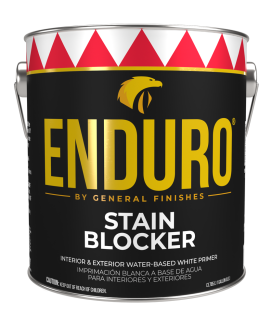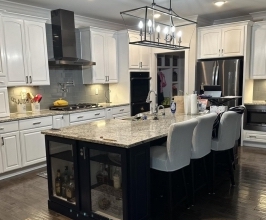MDF (Medium Density Fiberboard) is tricky because there are several grades of MDF and the quality varies.
If you cannot determine the quality of the MDF, play it safe and use best practices. The concern is with the edges and ends. The core of MDF is compressed sawdust, glue and resins so when you apply paint to those areas it soaks right up.
- Sand the edges and ends very well with 150-grit sandpaper, then apply a light coat of filler (such as Timbermate water-based wood filler or even joint compound). That will seal the open pores, making it easier to obtain a smooth and consistent finish when painting. The sealing of the ends is even more important than wood because MDF will swell upon contact with moisture.
- The front and back of MDF are pressed and sanding during production, but should also be primed with a primer such as Kilz, Bin 123 Primer, or either General Finishes White Undercoat or General Finishes Stain Blocker to ensure a better outcome. Then follow with two coats of paint. MDF is not as absorbent as natural wood, so wait 2 days between coats of paint or primer.
- Also, MDF also tends to cast a brown color. If you are using white paint, you can apply a coat of a light gray paint such as General Finishes Seagull Gray Milk Paint first to counter the brown instead of primer, and then apply a few coats of white over it. Let each coat dry 2 days before adding the next.
- If you can determine that the MDF is of high quality, White Undercoat, a lower price point, is sufficient.
Sanding Sealer can be used on MDF, but the better choice would be White Undercoat or Stain Blocker. Both build faster and would probably require one less coat than Sanding Sealer.
As always, we recommend that you test your procedure on a hidden area of your project to ensure the product adheres well and achieves the desired color.

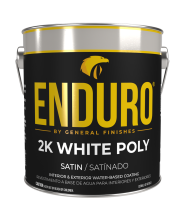 Enduro Water-Based Tintable 2K White Poly
Enduro Water-Based Tintable 2K White Poly
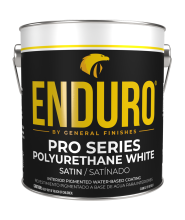 Enduro Water-Based Pro Series White Polyurethane
Enduro Water-Based Pro Series White Polyurethane
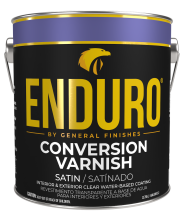 Enduro Water-Based Conversion Varnish
Enduro Water-Based Conversion Varnish
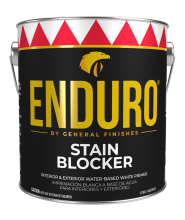 Enduro Water Based Stain Blocker Primer
Enduro Water Based Stain Blocker Primer
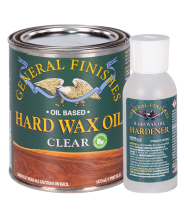 Hard Wax Oil & Hardener
Hard Wax Oil & Hardener
 Gel Stains
Gel Stains
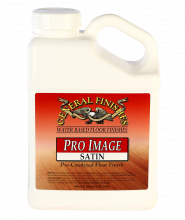 Pro Image Flooring Topcoat
Pro Image Flooring Topcoat
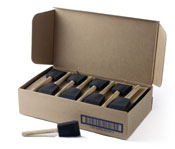 Jen Poly Brushes
Jen Poly Brushes
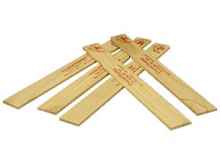 Stir Stix
Stir Stix
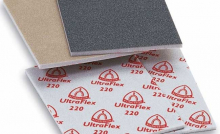 Ultraflex Softback Sanding Sponge
Ultraflex Softback Sanding Sponge
